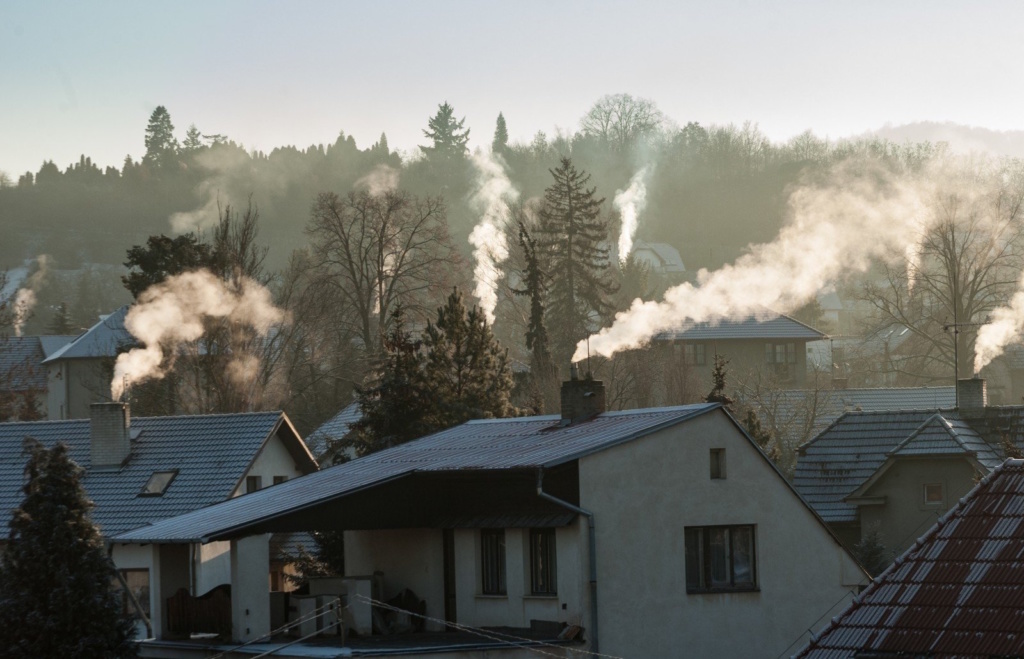
Retrofitting existing homes
Global warming will not be addressed without attending to the buildings that house human beings. In the UK in 2017, 41% of our energy use was in our buildings, with 32% of that used in the heating of hot water and 12% for cooking, lighting and appliances.
Most of the buildings we have in the UK are old and inefficient. Furthermore 80% of the houses that are standing now will still be inhabited in 2050 with the houses we are building now, however low carbon, making up only 1/5 of our homes by the middle of the century.
We therefore need to make sure that these older buildings are fit for the future and the best way to do that is to retrofit (fit after a building is constructed) insulation and renewable energy technology. By insulating walls, roofs, floors and doors; and increasing airtightness, the energy use of houses can be reduced by over 60%. The energy which the building does need can be generated by roof top solar panels and hot water created through solar heating or air source heat pumps.
Your Task
To be able to sell this idea and the importance of retrofit you will need to understand the science and techniques behind it and do some research. We also provide some extra information to help you. Let’s start with some research.
Research
At the moment the UK has lots of old houses, the majority of which were built before insulation was routinely added when buildings were constructed, which became industry standard in the 1980s. They take a lot of energy to heat as much of it is lost through the walls and windows.
The least intrusive and cheapest retrofit method is extra roof insulation which is easy and cheap to install, followed by fitting double or triple glazed windows. The majority of the heat in a building however is lost through the walls so insulating these is important. The easiest way is to use Cavity wall insulation.